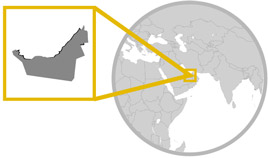Education in Colombia is broken down into four main stages; Nursery School, Elementary School, High School and University.
Nursery School is provided to most children over one year of age through Community Homes sponsored by the National Institute for Family Welfare, the Community Homes see mothers from the community taking care of both their own children as well as children from the nearby neighbourhood, although it should also be mentioned that there are a fair amount of private Kindergarten schools. When a child successfully learns how to read and write, they enter Elementary School.
At age five most children enter Elementary School for five years of formal education. This stage of school has a 90% attendance rate and sees a high quality of knowledge from teachers in urban areas; this is contrary to rural areas where teachers are frequently poorly qualified or not qualified at all. However, a new method of teaching titled Escuela Nueva has been being used in rural schools and has seen great success with many rural schools outperforming urban ones.
At the age of around 11 or 12 the student enters High School which is separated into Basic Secondary (grades 6 to 9) and Mid Secondary (grades 10 & 11). Mid Secondary begins to specialize the student in a particular ‘track’ which leads to a qualification at the end, these include the Academic, Industrial, Commercial, Pedagogical, Agricultural and Social Promotion fields as well as qualifications in Arts and Business.
University education requires a qualification from the tracks in Mid Secondary to enter and provides both Undergraduate and Postgraduate degrees including Specializations, Masters and PhD programs, with most degrees lasting around 3 years.

